
Fractionating Column
KSh0.01

Galvanometer Zero Centre
KSh6,500.00 Original price was: KSh6,500.00.KSh6,400.00Current price is: KSh6,400.00.
Frequency and Signal Generator
KSh0.01
Frequency and signal generators are fundamental tools in laboratory settings across various disciplines, including electronics, telecommunications, physics, and engineering. These instruments are used to generate precise electrical waveforms, such as sine waves, square waves, triangular waves, and arbitrary waveforms, at specific frequencies and amplitudes.
SKU:
ACS25912CHEM0
Category: Special Laboratory Equipment
Description
Uses of Frequency and Signal Generator
- Testing and Calibration:
- Electronic Devices: Frequency and signal generators are used to test and calibrate electronic devices such as amplifiers, filters, oscillators, and sensors.
- Circuit Prototyping: Engineers use generators to test circuit prototypes and verify their performance under different signal conditions.
- Radio Frequency (RF) Systems: In RF laboratories, generators are essential for testing and calibrating components and systems used in wireless communication, radar, and satellite communication.
- Characterization and Analysis:
- Frequency Response Analysis: Generators are used in conjunction with oscilloscopes and spectrum analyzers to characterize the frequency response of circuits, filters, and systems.
- Noise Analysis: They help analyze the noise characteristics of electronic components and systems, crucial in fields like telecommunications and sensor design.
- Signal Integrity Testing: Engineers use generators to assess the signal integrity of high-speed digital communication links and circuits.
- Education and Training:
- Electronics Labs: In educational institutions, frequency and signal generators are used to demonstrate concepts such as waveforms, modulation techniques, and filter behavior in electronics labs.
- Training Workshops: They are employed in workshops and training sessions for students and professionals to gain practical experience in signal generation and measurement techniques.
- Communication Systems:
- Modulation Testing: Generators are used to simulate modulation signals (e.g., amplitude modulation, frequency modulation) for testing communication systems’ receivers and demodulators.
- Baseband and RF Signal Generation: They generate baseband and RF signals for testing transmitters, receivers, and transceivers in telecommunications and wireless communication systems.
- Research and Development:
- Experimental Setups: Researchers use generators to create controlled signal environments for conducting experiments in areas such as physics, materials science, and biotechnology.
- Component Characterization: They help characterize the behavior of electronic components, such as diodes, transistors, and integrated circuits, under various signal conditions.
- Signal Conditioning and Simulation:
- Control Systems: Generators are used in control systems laboratories to simulate sensor signals, actuator commands, and disturbances for testing and tuning control algorithms.
- Power Electronics: In power electronics labs, they simulate various waveforms to test and validate power converters, inverters, and motor drives.
Reviews (0)
Be the first to review “Frequency and Signal Generator” Cancel reply
Shipping & Delivery
Related products
Amber Bottles Polystop
KSh0.01
A laboratory glass amber bottle is a specialized container commonly used in laboratories to store and protect light-sensitive substances, chemicals, or solutions. These bottles are made from amber-colored glass, which provides protection against ultraviolet (UV) and visible light radiation. The amber glass helps to minimize the degradation and decomposition of light-sensitive contents by blocking a significant portion of the light spectrum.
The amber color of the glass is achieved by adding iron, sulfur, and other compounds during the glass manufacturing process. This coloration is what gives the bottles their distinctive amber or brown appearance.
Laboratory glass amber bottles typically come in various sizes, ranging from small volumes of a few milliliters to large capacities of several liters. They often have a screw-on or snap-on cap, providing a secure and airtight seal to prevent spills, evaporation, and contamination.
Due to their ability to protect light-sensitive substances, laboratory glass amber bottles are widely used in chemistry, biology, pharmaceuticals, and other scientific fields where sample integrity and stability are crucial.
balance spring
KSh0.01
bare enamelled copper wire
KSh0.01
Barometer tubes
KSh0.01
A barometer tube is a slender, sealed, and typically transparent tube used in barometers to measure atmospheric pressure. It is usually filled with a liquid, often mercury, but sometimes water or another fluid, which rises or falls within the tube in response to changes in atmospheric pressure. The height of the liquid column in the tube serves as an indicator of the current atmospheric pressure, with higher pressure causing the liquid to fall and lower pressure causing it to rise. This measurement helps in predicting weather changes and understanding atmospheric conditions.
Beaker Plastic
KSh0.01
A plastic beaker is a laboratory container made from plastic material, typically featuring a cylindrical shape with a flat bottom and a spout or pouring lip. It is used for holding, measuring, and mixing liquids or substances during various scientific experiments, research, or educational activities. Plastic beakers come in a range of sizes and are designed to withstand various chemicals and temperatures, making them versatile tools in laboratory settings.
bell in vacuum
KSh0.01
A "bell in vacuum" apparatus is a scientific setup used to demonstrate the effects of reduced air pressure (vacuum) on sound transmission. It typically consists of a bell or sound-producing object enclosed within a sealed chamber from which air has been removed, creating a low-pressure environment. This apparatus is designed to illustrate how sound travels differently in a vacuum compared to in normal atmospheric conditions, highlighting the role of air molecules in sound propagation.
Bernoulli Tube Apparatus
KSh0.01
The Bernoulli tube apparatus, also known as a Venturi tube apparatus, is a scientific device used to demonstrate the principles of fluid dynamics, particularly the Bernoulli's principle. It consists of a specially shaped tube with a constricted region, often referred to as a Venturi section. When fluid (liquid or gas) flows through the tube, the constricted section leads to changes in pressure and velocity according to Bernoulli's principle, which states that as the velocity of a fluid increases, its pressure decreases and vice versa. This apparatus is commonly used in educational settings to visually illustrate how the flow of a fluid can affect its pressure, helping to explain various phenomena like lift in aircraft wings, fluid flow through pipes, and more.
Blotting paper
KSh0.01
Blotting paper is a highly absorbent and thin sheet of paper, typically made from materials like cotton, linen, or other plant fibers. It is designed to quickly absorb excess liquids, such as ink, oil, or moisture, from various surfaces without smudging or smearing the substances. Blotting paper is commonly used to remove excess ink from a freshly written page, absorb oil from the skin without disturbing makeup, or dry wet items. It is often found in office settings, art studios, and cosmetic applications due to its efficient absorption properties.

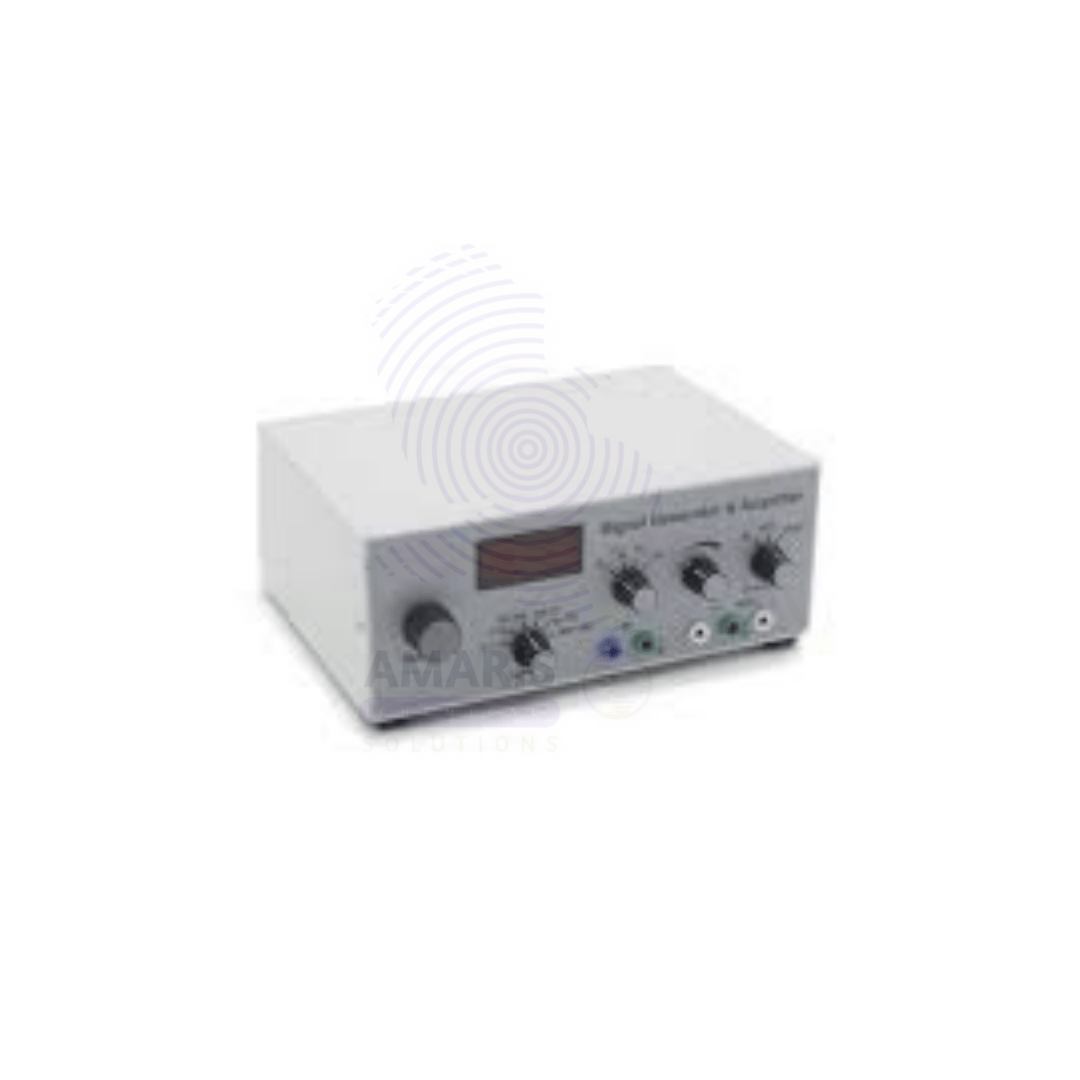
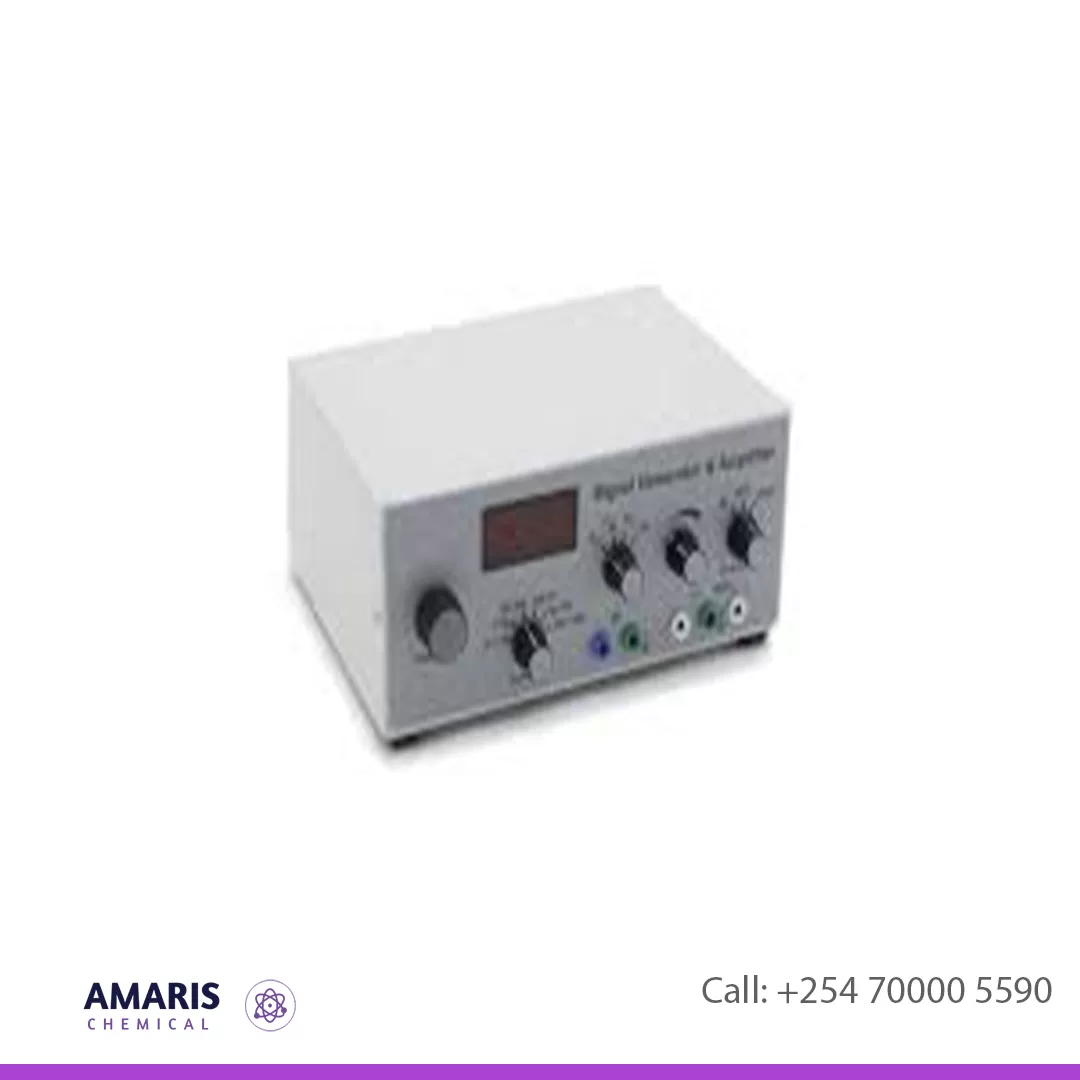
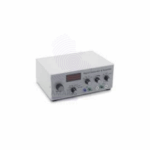
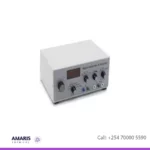



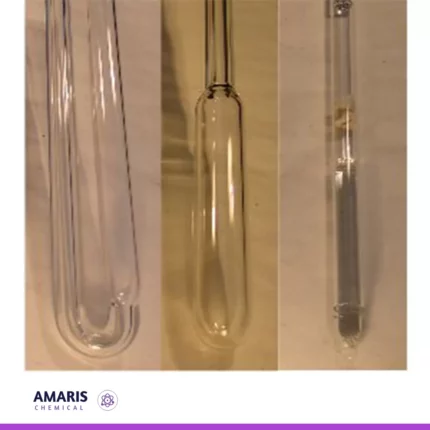
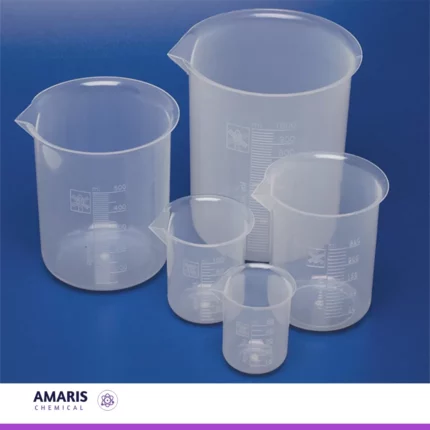
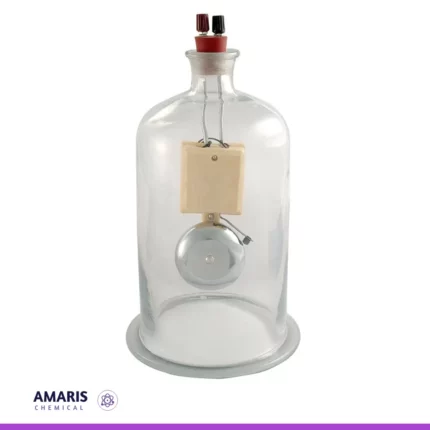









Reviews
There are no reviews yet.